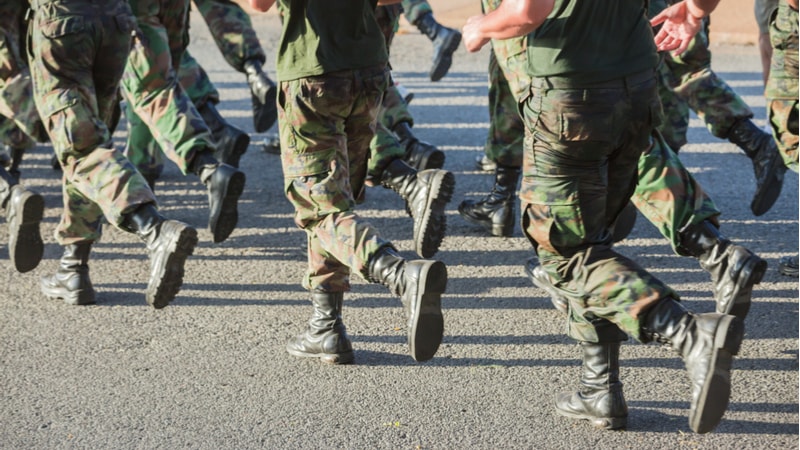
Several emerging technologies have allowed the U.S. Army to stay ahead but the service branch still faces some challenges, LTG Maria Gervais, deputy commanding general at the U.S. Army Training and Doctrine Command, said during the AFCEA NOVA IT Day event hosted by AFCEA NOVA on Jan. 12.
Synthetic training, for example, is a tool that allows the Army to simulate real-world scenarios and train soldiers in the skills they need to be effective when a crisis occurs and helps determine operational capabilities, Gervais said.
“We started looking at it from a training perspective, and we were focused on training, but we saw the synthetic training environment can be the kind of the operational, the institutional, and of course the self-development training domain, right? But as we started looking at this, we said, ‘Hey, this is a training capability’, but now we’re seeing applications for operational utility. And then we’re also seeing the ability now that this could kind of also meet things like modeling requirements,” stated Gervais.
Gervais continued the discussion by explaining how this technology is helping maintain America’s edge over its advisories by being the quickest in making a decision based on information.
“So if you think about it, he or she who can sense the quickest, who can see and sense the quickest, they can get that data and they can either do tactical edge computing to help speed decision making, or whoever can disseminate it back as quickly as possible – is going to win,” stated Gervais.
Although Gervais painted hope for the future, she did not shy away from detailing some of the problems that the Army is having when it comes to recruiting talented individuals to meet its goals.
“We have the toughest recruiting challenge than we’ve ever had since the inception of the all-volunteer force,” stated Gervais.
There are many reasons behind the bleak level of recruitment within the Armed Forces, Gervais believes, including work-related opportunities to the lack of service as a motivator for the new generation.
Gervais also articulated that the service branch has taken steps to address this challenge by promoting new programs for young individuals to join the armed services in different capacities.
